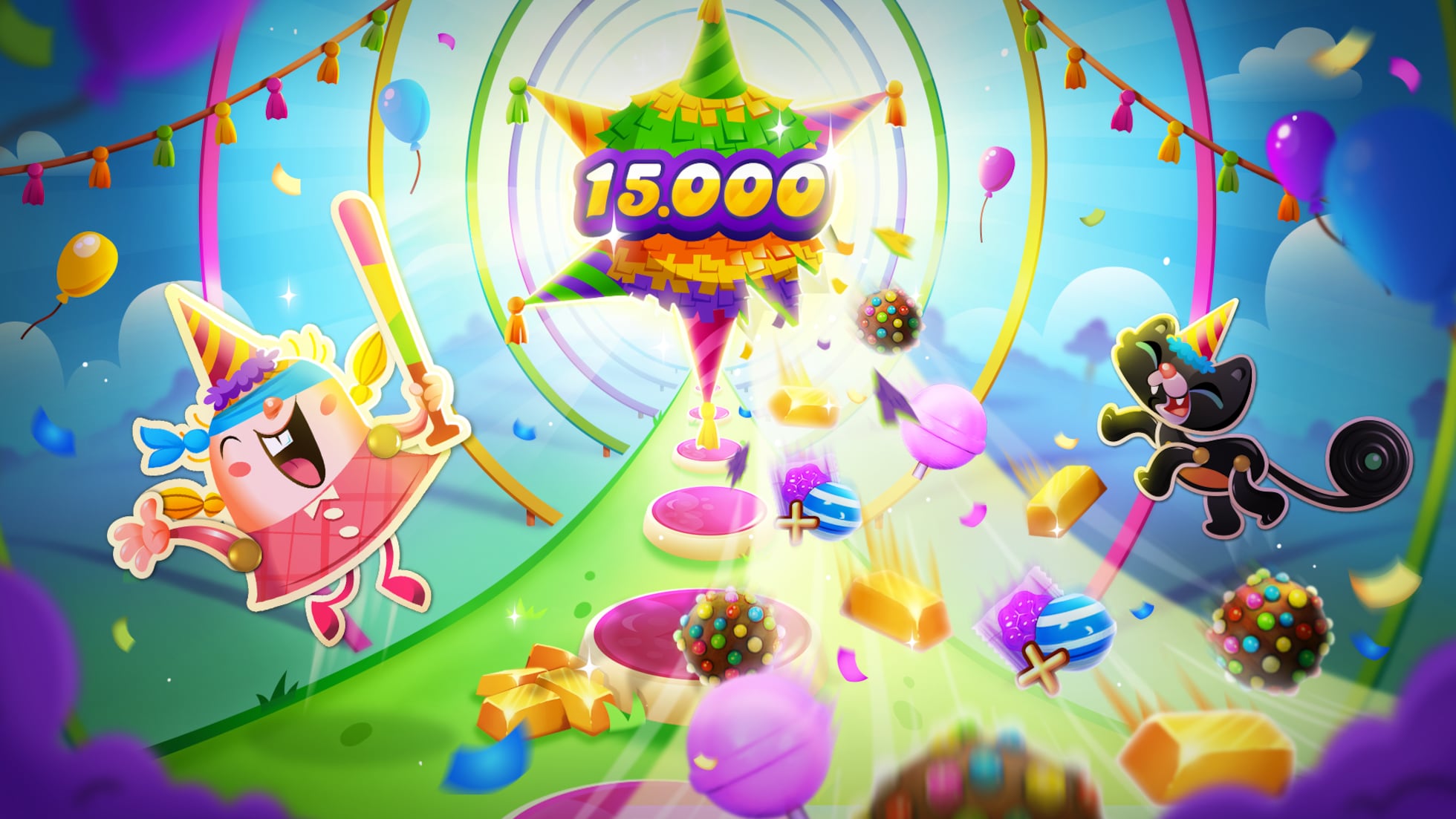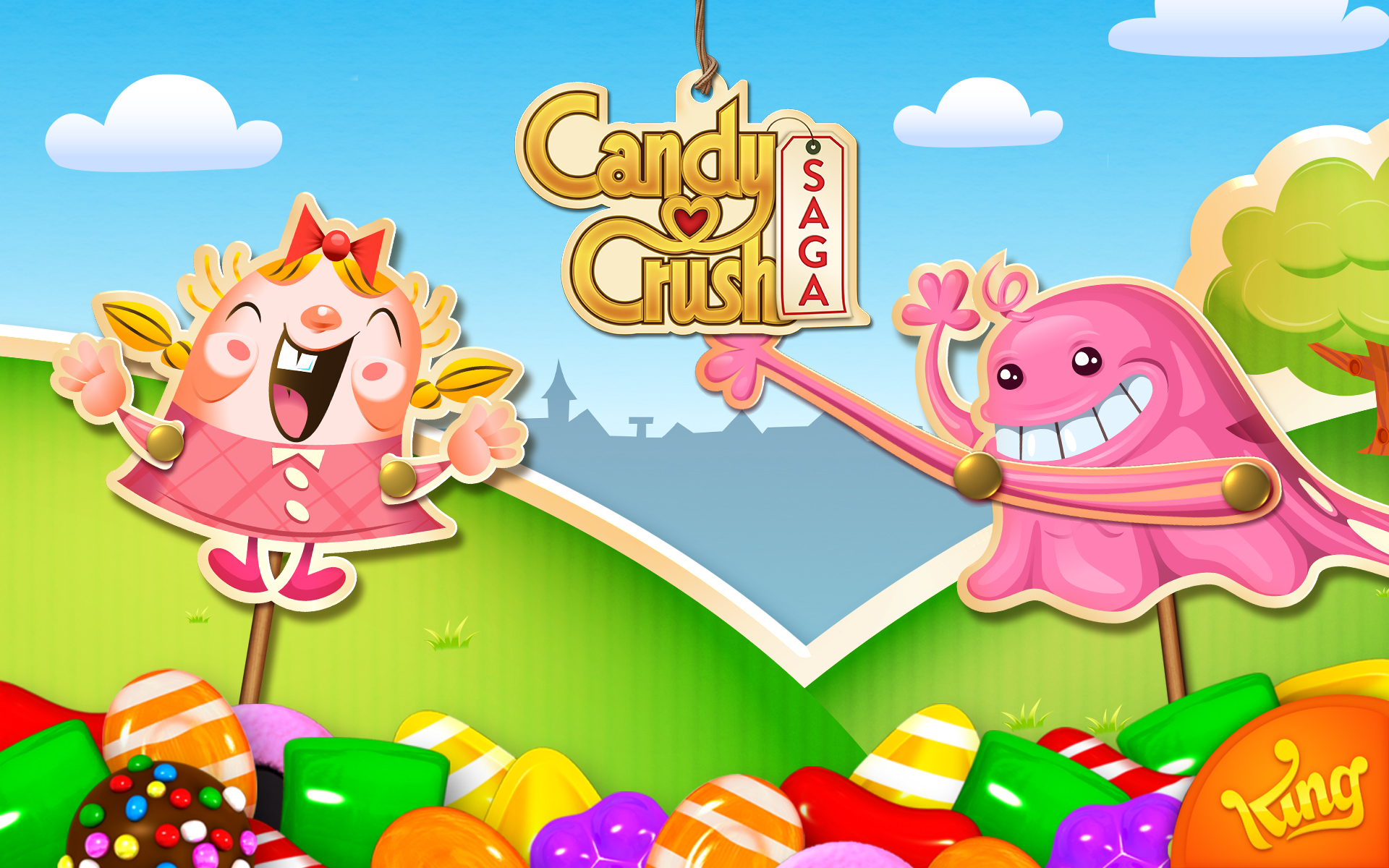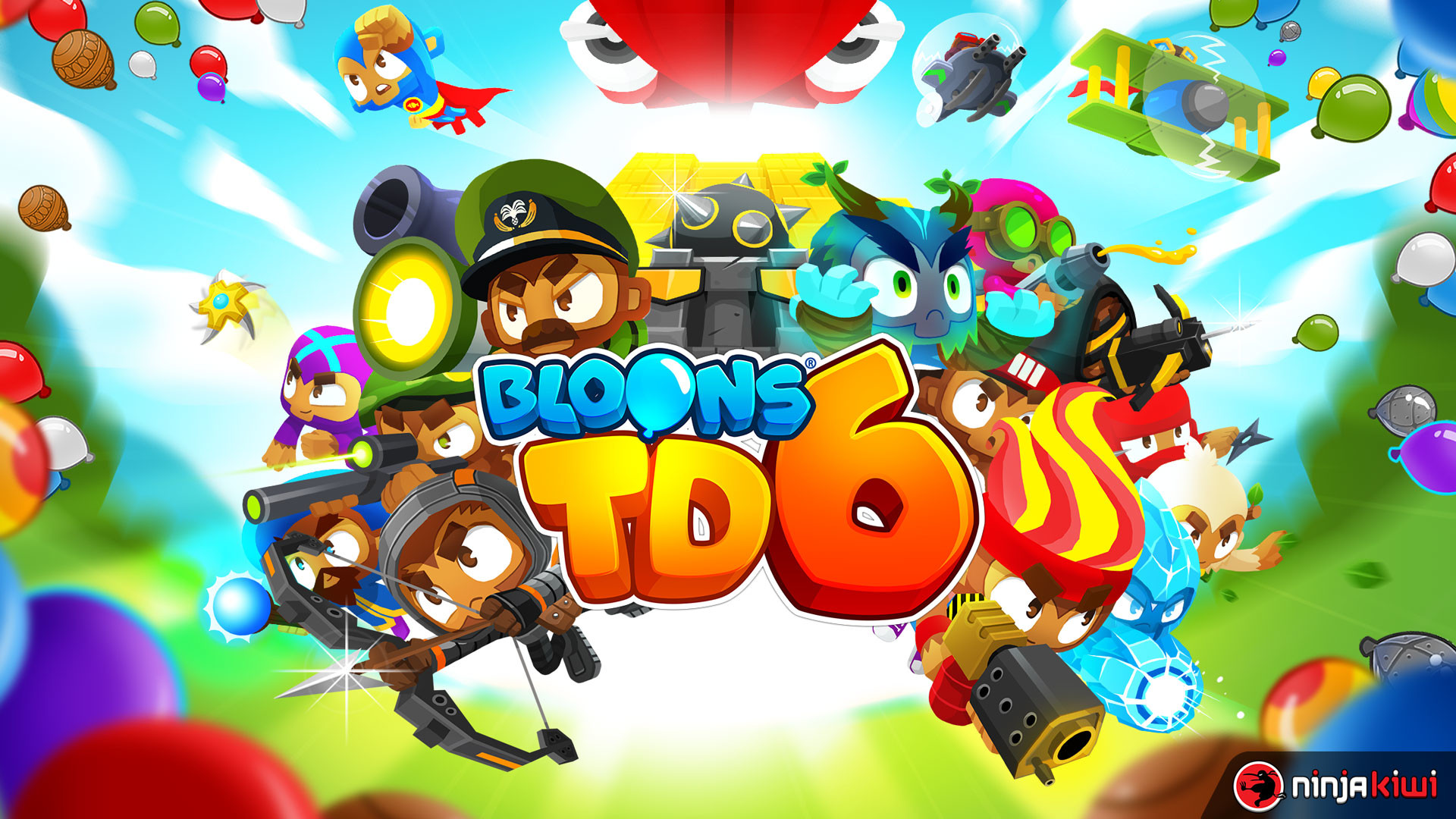
Candy Crush Saga
Popular Now
Candy Crush Saga has enjoyed immense success since its launch in 2012. Developed by King, the game quickly became a cultural phenomenon, attracting millions of players across the globe. Known for its engaging puzzle mechanics and colorful graphics, Candy Crush has proven to be addictive for a wide range of players. However, beneath the surface of the game's cheery aesthetic lies a controversial issue: the game's pay-to-play model. This in-game purchasing structure, which incentivizes players to spend real money on in-game boosters, lives, and extra moves, has become a focal point of criticism.
In this article, we will examine the mechanics and impact of Candy Crush Saga’s pay-to-play system, its influence on player behavior, and the broader implications for gaming as a whole. We will explore how microtransactions affect game enjoyment, the psychology behind the purchasing model, and the ethical concerns surrounding the system. Ultimately, this article will provide a comprehensive look at how Candy Crush Saga balances its appeal with its monetization strategy.
The Introduction of Microtransactions in Candy Crush Saga
At its core, Candy Crush Saga is a free-to-play mobile puzzle game. When the game was first launched, players could progress through its levels without spending a dime. The game relied on a simple yet compelling gameplay mechanic: matching three or more candies in a row to clear them from the board. However, as players advanced through the levels, they began to encounter more challenging obstacles that required more strategic thinking to overcome.
The issue arose when the game introduced a system where players would run out of lives after a certain number of failed attempts. Initially, this was manageable. But as the difficulty ramped up, players found themselves repeatedly hitting walls, unable to progress. King, the game's developer, responded by adding the option to buy more lives, which led to the rise of microtransactions within the game.
The Life System: A Key Profit Mechanism
One of the earliest and most pivotal systems introduced in Candy Crush Saga was the "life system."
While the life system initially seems like a benign mechanic to keep the gameplay pace in check, it soon became clear that the system could lead to player frustration. Players who encountered particularly difficult levels found themselves stuck, unable to proceed unless they either waited for more lives or made a purchase. This system effectively turned progression into a pay-to-play experience.
The Psychological Impact of Candy Crush's Pay-to-Play Model
Exploiting Cognitive Biases
Candy Crush Saga’s monetization strategy is a prime example of how game developers exploit cognitive biases to encourage spending. One of the most notable psychological tactics used in the game is the fear of missing out (FOMO). The game uses FOMO to create urgency, making players feel like they are missing out on a limited-time opportunity if they do not act immediately.
Players receive rewards at unpredictable intervals, keeping them hooked and craving more. This random reinforcement keeps players engaged, but also encourages them to keep spending money in hopes of receiving another big reward.
The Role of Instant Gratification
Another psychological tactic Candy Crush Saga uses is the promotion of instant gratification. Players who are stuck on a level are often presented with an option to purchase extra moves, which allows them to bypass the challenge and complete the level without delay. This immediate reward can be highly tempting, particularly for players who have invested significant time in a level and want to see quick results. Over time, this can lead to a dependency on purchasing moves to progress, further reinforcing the game's monetization structure.
The Growing Disparity Between Paying and Non-Paying Players
Paying Players Get Ahead
One of the major criticisms of Candy Crush Saga’s pay-to-play model is the growing disparity between players who spend money and those who do not. While it is entirely possible to play the game for free, the difficulty curve increases sharply as players progress through the levels. Players who choose to spend money can purchase boosters that make completing challenging levels much easier, giving them a clear advantage over non-paying players.
The Impact on Player Retention
Interestingly, while paying players may progress faster, the game also relies on non-paying players to generate a larger volume of daily active users (DAUs). If too many non-paying players are discouraged by the pay-to-play model and abandon the game, it could reduce the game's overall player base, which is vital for maintaining Candy Crush’s long-term success. Thus, the game's developers must walk a fine line between incentivizing purchases without alienating free-to-play players.
The Ethical Concerns: Is Candy Crush Preying on Vulnerable Players?

Targeting Vulnerable Populations
One of the most contentious issues with Candy Crush’s monetization strategy is its potential to exploit vulnerable players. The game’s frequent reminders to purchase more lives or boosters are often aimed at players who are frustrated or stuck on a particular level. For some, this repetitive cycle of "pay to progress" can be overwhelming, particularly for those who struggle with impulse control. The combination of time pressure, emotional triggers, and persuasive marketing tactics makes it easy for players to become trapped in a cycle of spending money to avoid frustration.
Moreover, the game is known to target younger and more impressionable players who may not fully understand the financial implications of in-game purchases. Parents have reported substantial charges on their credit cards due to children making accidental purchases in the game, highlighting concerns over the ethical responsibility of developers in protecting vulnerable players from overspending.
"Gambling-like" Mechanics and Regulation
Another ethical concern raised by critics is the game's reliance on mechanics similar to those used in gambling. The random nature of rewards, the frequent offers to buy additional moves or lives, and the limited-time offers create an experience that some liken to a slot machine. While the game does not technically offer monetary rewards for success, the dopamine-driven cycle of spending and receiving rewards mirrors some aspects of gambling addiction.
This has led to calls for greater regulation of in-game purchases, particularly in games that target children or adolescents. Governments in various countries have begun to introduce regulations on microtransactions, requiring clearer disclosures of in-game costs and implementing safeguards to prevent players from making accidental or excessive purchases.
The Business Model: How Microtransactions Have Changed Mobile Gaming
A Shift Toward "Freemium" Games
Candy Crush Saga is part of a broader trend in mobile gaming toward the "freemium" model, where the game is free to download, but players are encouraged to make in-game purchases. This model has become the standard for many mobile games, with developers opting to generate revenue through microtransactions rather than upfront purchases.
Developers now have to carefully balance player engagement with monetization, often designing games to maximize the chances of players spending money.
The Economic Impact on the Mobile Gaming Market
The success of games like Candy Crush Saga has led to an explosion of mobile games adopting similar monetization strategies. Candy Crush generated billions of dollars in revenue, and this financial success has made it an influential case study for other mobile game developers. As a result, many mobile games now rely on in-app purchases to sustain their business models, leading to a broader industry trend of monetization strategies that prioritize profitability over player satisfaction.
The Player Experience: Enjoyment vs. Monetization
Balancing Fun and Monetization
While the pay-to-play model has proven highly lucrative for Candy Crush Saga, it has also created a divided player experience. Many players still enjoy the game, but the increasing presence of microtransactions has led some to question whether the fun of the game is being overshadowed by its constant monetization tactics. Players who are unwilling or unable to spend money may find themselves stuck on difficult levels, while those who are willing to pay may experience a smoother, more enjoyable gameplay experience.
The challenge for King, the game's developer, is finding a balance between keeping the game enjoyable for all players and maximizing revenue. If the game is too focused on monetization, it risks alienating a significant portion of its player base, which could ultimately harm its long-term success.
The Future of Mobile Games: What Can We Learn?
As mobile games continue to evolve, the issue of monetization will remain a hot topic. Games like Candy Crush Saga have set a precedent for microtransactions and the "freemium" model, and it is likely that future mobile games will continue to use similar systems. However, as players become more aware of these tactics, developers may be forced to rethink how they implement in-game purchases and balance them with the overall player experience.
![100+] Candy Crush Saga Wallpapers | Wallpapers.com](https://wallpapers.com/images/featured/candy-crush-saga-gfxneva4plpluom1.jpg)
Conclusion
Candy Crush Saga’s pay-to-play model has raised important questions about the ethics of in-game purchases, the psychological effects of microtransactions, and the impact on player enjoyment. While the game remains one of the highest-grossing mobile games of all time, its monetization strategy has created a divide between paying and non-paying players. The psychological tactics employed by the game, including the use of FOMO and instant gratification, have led to concerns that the game preys on vulnerable players and exploits addictive behavior. As the mobile gaming industry continues to evolve, it is clear that developers must strike a delicate balance between creating engaging experiences and ensuring that monetization does not undermine the enjoyment of their games.

















